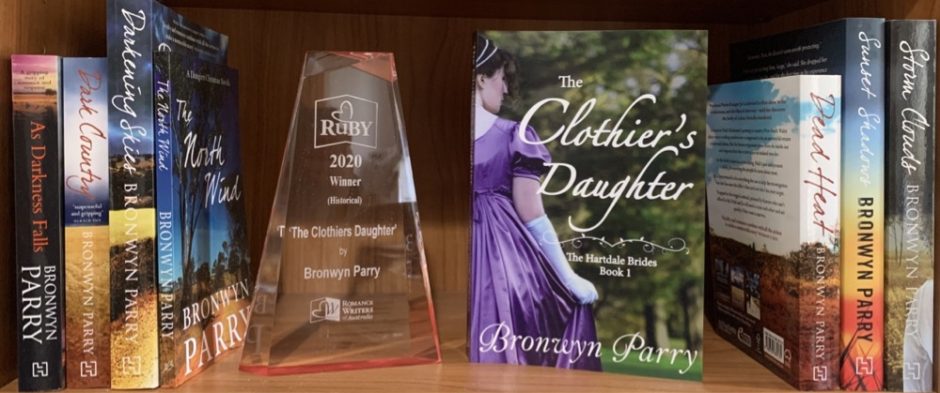Each reading group operates differently – some analyse books in depth, others discuss what they enjoyed (or didn’t enjoy) and others meet for mostly social purposes and occasionally remember to talk about a book!
The following notes and discussion questions, grouped loosely into broad themes, may provide some assistance for groups (or individual readers) who wish to discuss Dark Country. Your group might like to pick one topic or theme, or select several – or just pour another glass of wine and ignore them all!
If your group has explored other themes or questions, please feel free to comment here – others may find the questions you explored useful for their own discussions.
(These notes are also available as a PDF file suitable for printing.)
Dungirri
On his return to Dungirri, Gil notices how ‘economic decay had eaten through the core of the town’ leaving it ‘shrivelled to a dry, dead husk.’ How does the depiction of Dungirri in the book relate to your experience of, or understanding of, the issues challenging rural communities?
As mentioned in Dark Country (and told in the previous book, As Darkness Falls), Dungirri has experienced some dark crimes in it’s recent past. Does the portrayal of the community, and its efforts to rebuild itself, ring true for you?
At the end of the book, do you feel hopeful or pessimistic about Dungirri’s future? Why?
Landscape
Kris notes that Gil is ‘surprisingly at ease in the bush environment’ despite his many years in the inner city. How has the landscape around Dungirri and Birraga influenced Gil’s character? How has it influenced Kris?
How important is the landscape in the book? Could this story have taken place somewhere else?
Writing style and structure
What conventions of the crime genre has the author used? Are there ways in which she has departed from genre conventions?
What conventions of the romance genre has the author used? Are there ways in which she has departed from genre conventions?
While some crime novels use the criminal’s point of view, or that of an omniscient narrator, in this book the author limits the narrative to two points of view only – those of Kris and Gil. Why might the author have used this structure? How effective was it for you?
Characters
Kris has only been in Dungirri for a few years, yet through some difficult times. To what extent is she a part of the Dungirri community?
What are Kris’s strengths? What are her vulnerabilities? How has her past shaped the development of her character?
What aspects of Gil first attract Kris? Why are these aspects important to her?
Gil grew up in Dungirri, yet on the edges of the community. To what extent is he a part of the town?
What are Gil’s strengths? What are his vulnerabilities?
What aspects of Kris first attract Gil? Why are these aspects important to him?
Gil’s experiences have sometimes had him on the edge of the law. Are his actions justified? How does Kris reconcile his actions with her sense of justice?
An ex-con with Mafia connections and a police officer are an unlikely combination. Does the author portray their developing relationship convincingly? Why, or why not?
The investigation
How well do you think the unfolding investigation reflects the reality of police work in isolated areas? Does the author sacrifice realism to balance the dramatic expectations of the novel structure? Discuss your thoughts.
Leadership and courage
Gil describes Jeanie – and Kris, in his own mind – as ‘the kind of person who holds a town like this together.’ What kinds of leadership does a town like Dungirri need?
In what ways do the various characters – Gil, Kris, the other police and the people of the town – demonstrate leadership as the investigation unfolds? How important are these to the community and to the investigation?
How has the author explored different types of courage? In what ways do the various characters in the book demonstrate physical or emotional courage?
Guilt, redemption and forgiveness
Kris feels she has failed in her duty in the past; Gil has walked on the edge of the law; Vince Russo takes action to ‘repair his house’; and Sean pleads guilty. Considering each of these characters, how does the book address the themes of guilt, redemption and forgiveness?
